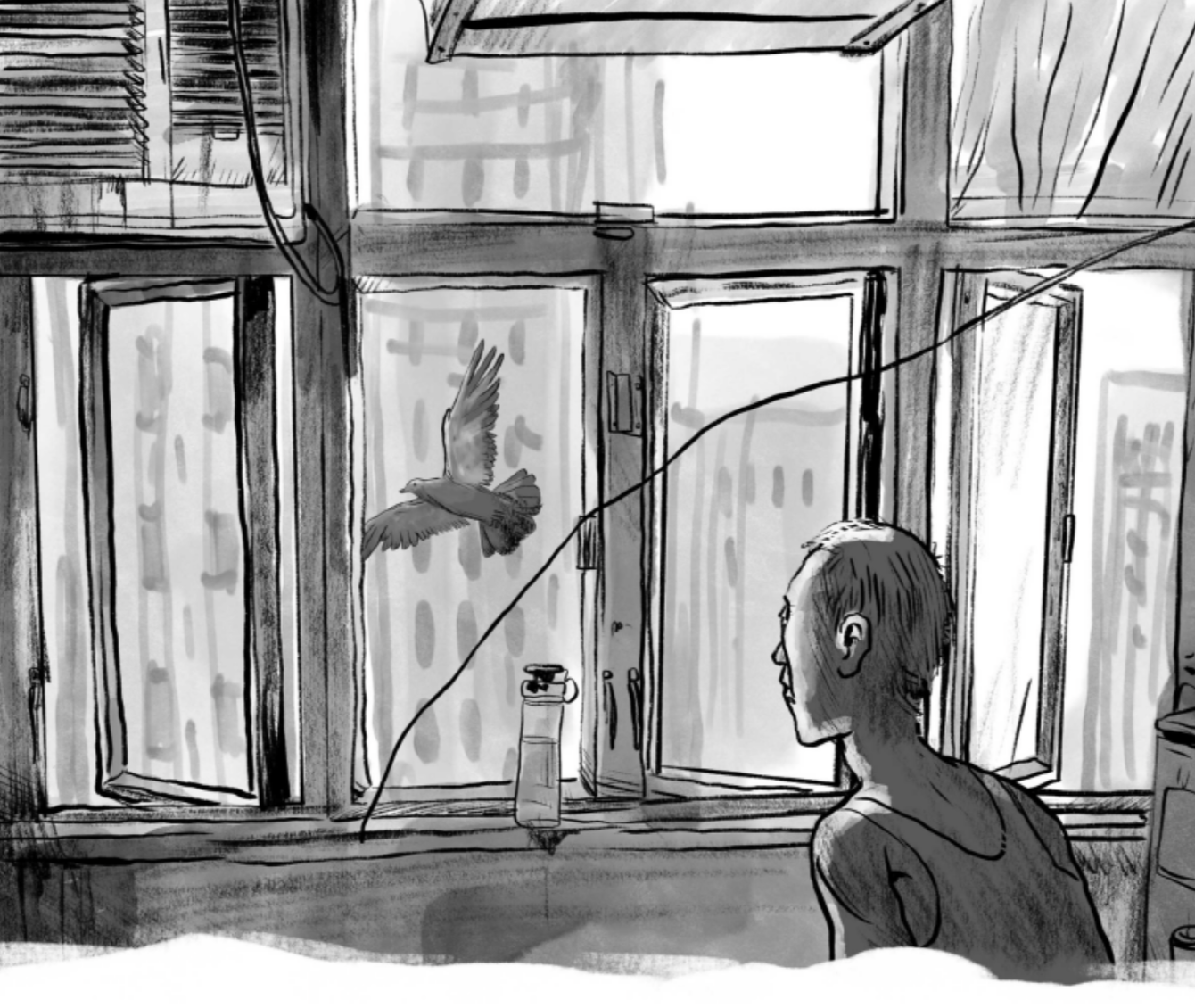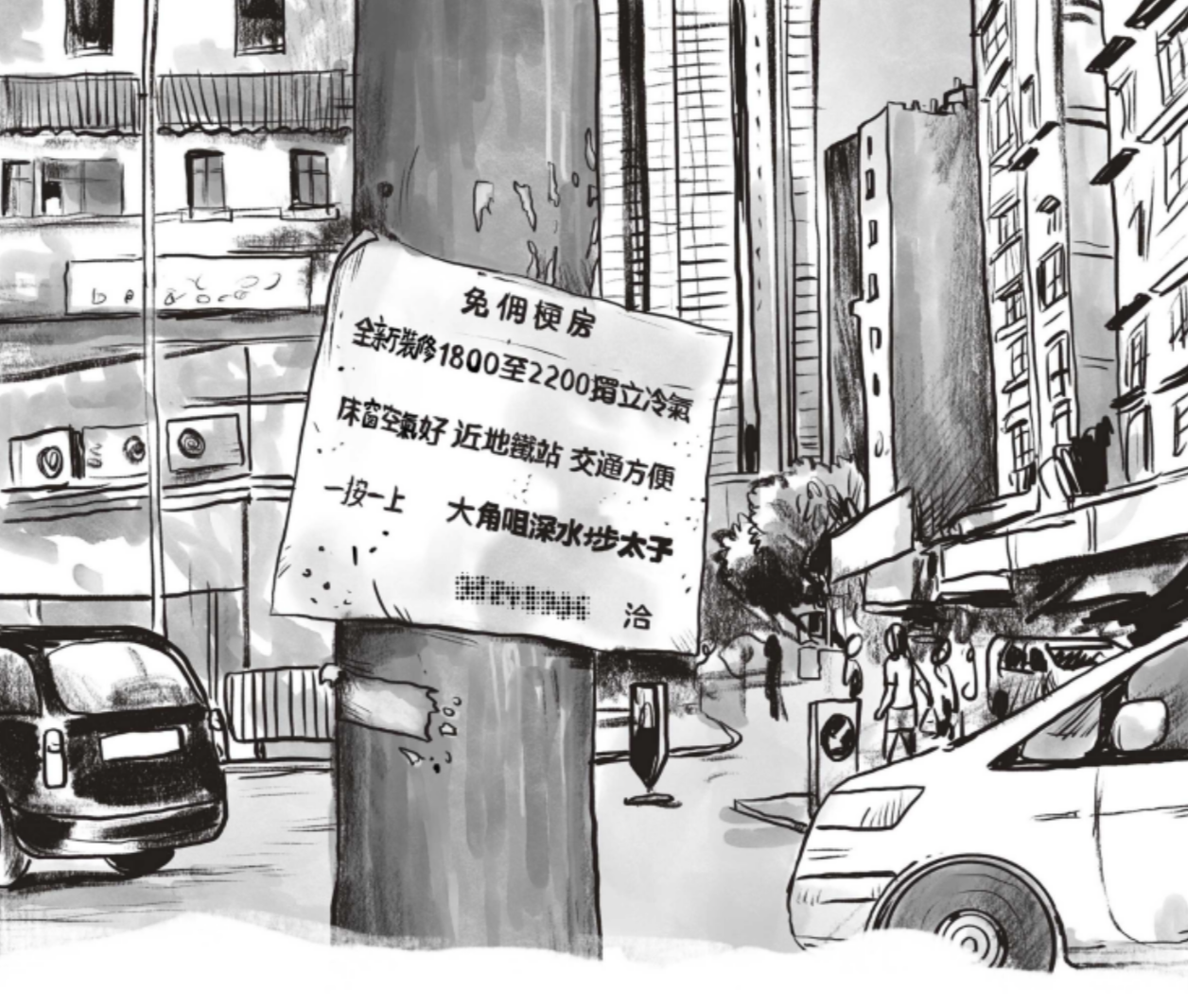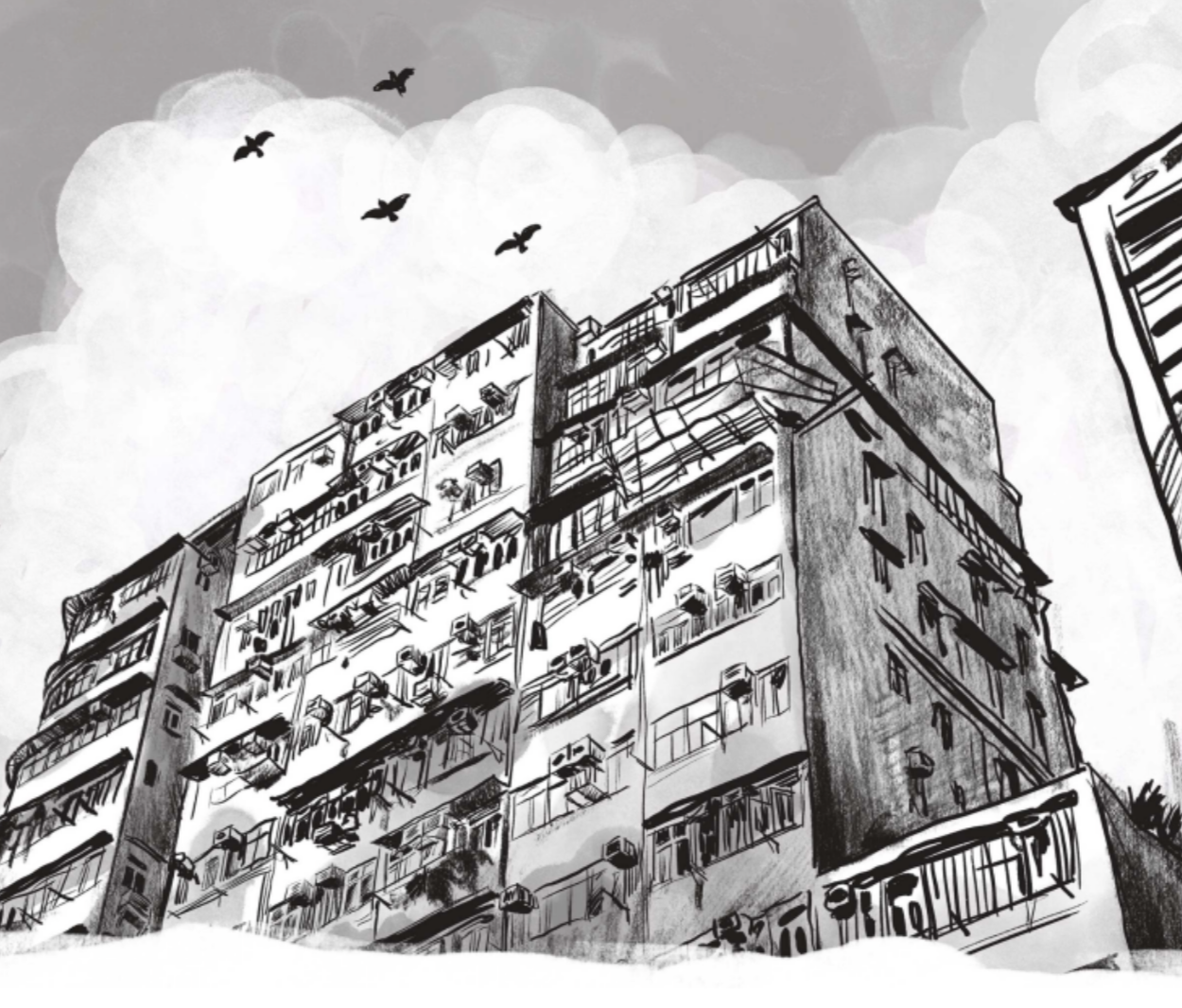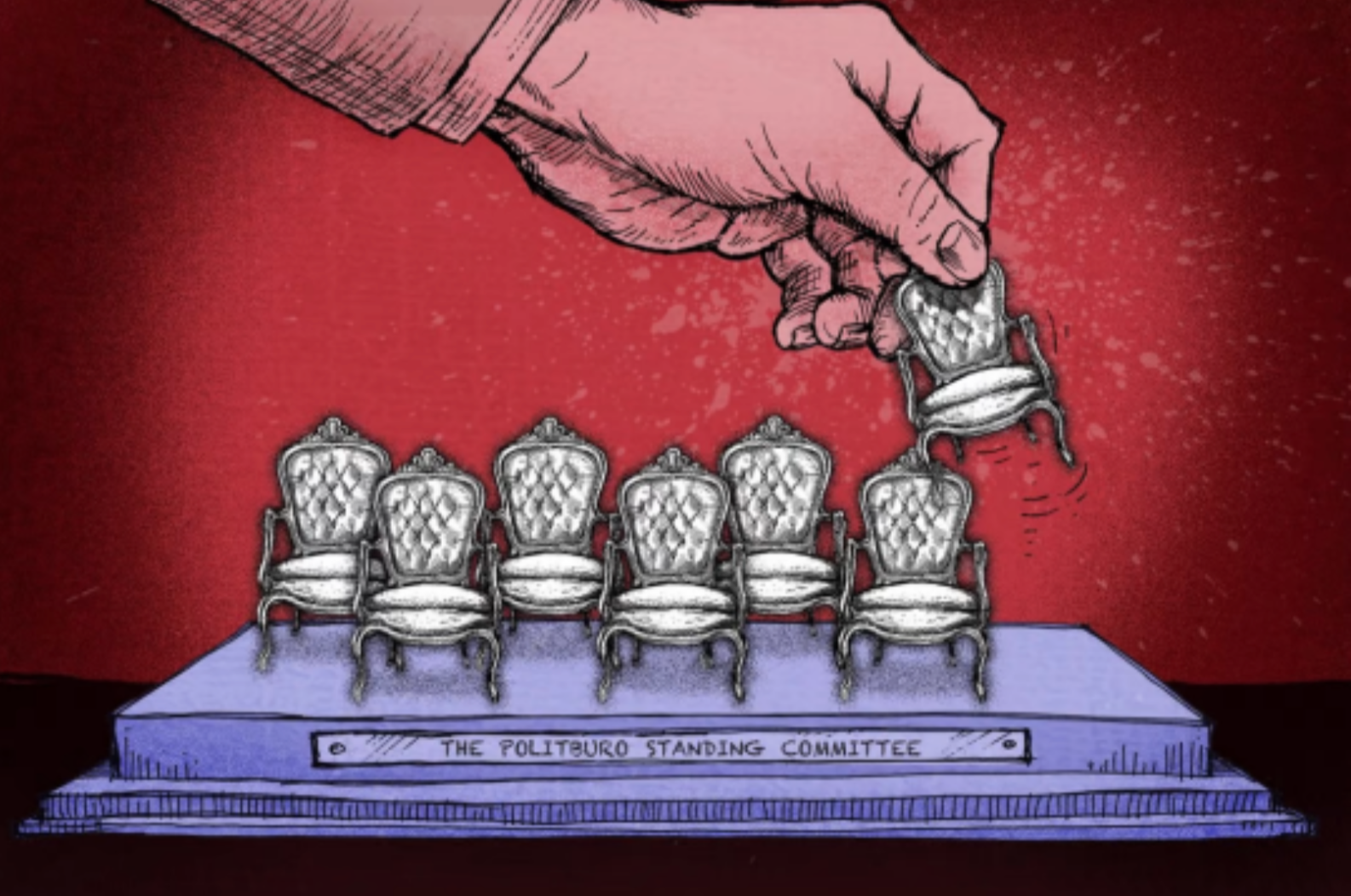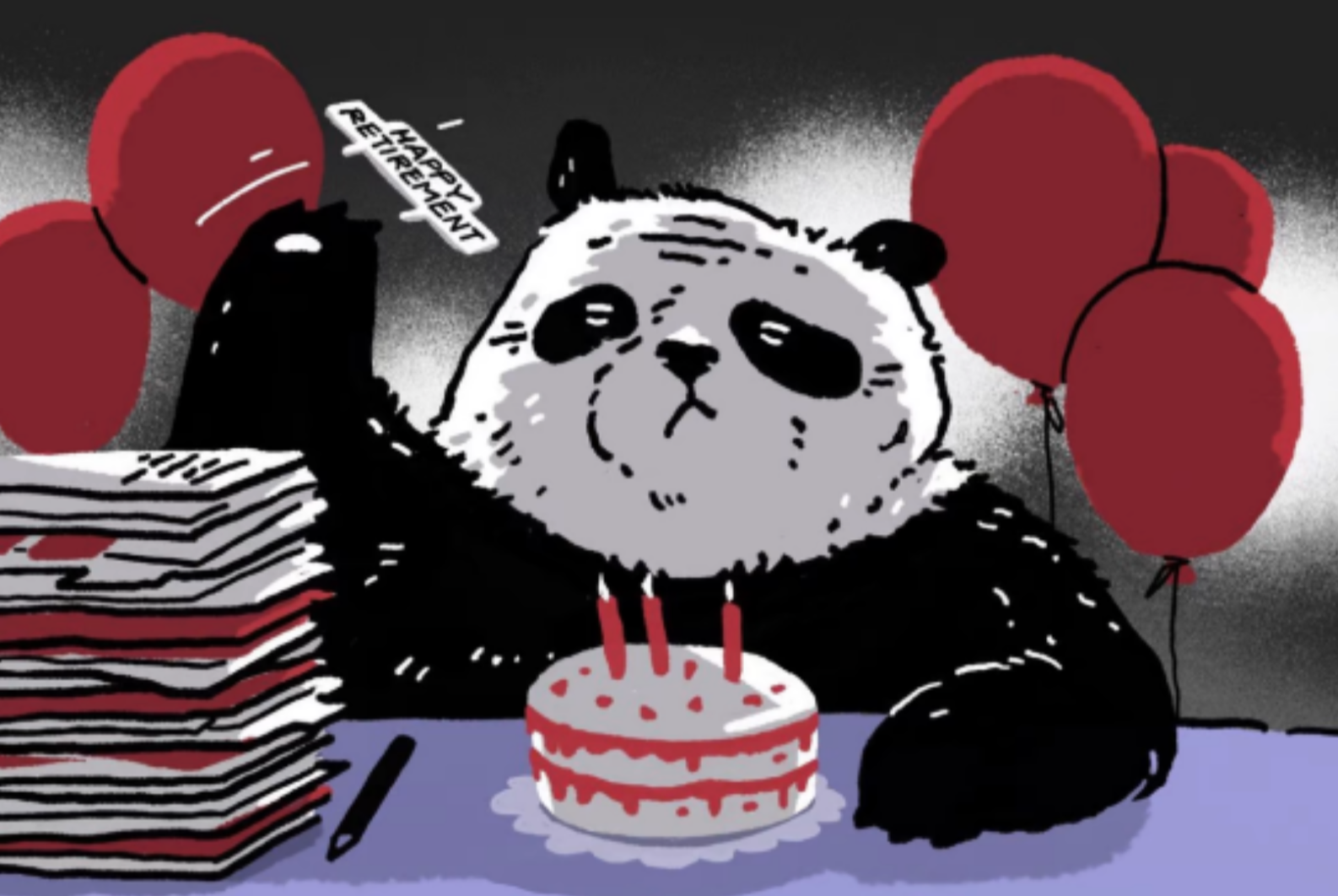To mark World News Day on September 28, 2022, the World News Day campaign is sharing stories that have had a significant social impact. This particular story, which was shared by The Toronto Star, was published on June 11, 2022.
Police officers across Canada are violating people’s Charter rights with alarming frequency, leading to guilty people walking free and the trampling of rights of the innocent.
In courtrooms across the country, judges are denouncing police officers for serious violations of the Charter of Rights and Freedoms – the bedrock of Canadian democracy that sets the boundaries of the state’s powers.
The officers’ flouting of the law is so serious that judges warn it threatens public confidence in the justice system. They’ve been forced to toss out key gun and drug evidence. Sometimes they throw out prosecutions altogether.
Guilty people are walking free. The rights of innocent people are being trampled. And these scathing rulings are coming down at least twice a week.
In Brantford, a small army of officers and a K-9 unit illegally detained and searched a suspect for drugs. The reason the officers gave for the pursuit and takedown? The cyclist was riding on the sidewalk without a light. The judge called the ruse “serious police misconduct” and tossed the drug evidence.
Toronto officers stood in a hospital operating room, without a warrant, while a doctor removed heroin from the rectum of an unconscious stabbing victim so they could seize it. Again, the judge threw out the drug evidence.
In Calgary, police trailed a 24-year-old suspect to a convenience store in 2019. Latef Tag El Din, who had a criminal record, was violating a house arrest order and had a loaded handgun hidden in his vest. As he made a break for the exit, an officer unleashed a police dog and tackled him to the floor. For hours after his arrest, officers ignored and mocked his repeated requests for medical treatment and one sang a song ridiculing his pleas for help. As blood seeped through the bandages covering the bite wounds on Tag El Din’s arm, officers taunted him with “laughter, sarcasm, song and judgment,” the judge said.
This “shocking” display, which was caught on audio and video, led the judge to stay charges that even the accused himself acknowledges would have otherwise likely resulted in his conviction.
“If they (the officers) would have followed the rules, I would probably still be in jail right now,” Tag El Din told Torstar.
From Vancouver to Iqaluit to St. John’s, N.L., a Torstar investigation has identified cases of police brutality, callousness and ignorance among officers who don’t appear to understand suspects’ rights. In multiple cities, after serious breaches were repeated by officers in successive cases, judges are upbraiding entire police forces for “systemic” Charter violations within their ranks.
Yet, in many of these cases, what happens in the courtroom never reaches the police station.
Const. Salomon Gutierrez sat in the witness box in October 2020, as the defence lawyer tore apart the prosecution’s case.
Seventeen months before, Gutierrez had arrested the accused during a traffic stop. He found cocaine, methamphetamine and cash. But it was becoming clear the officer didn’t have grounds to search the vehicle, a critical test that police must meet under the law to justify invading the privacy of suspects.
Now, the court was about to hear, it was not the first time the officer had disregarded the law and gutted the prosecution’s case.
The defence lawyer read aloud from a ruling in another case, stemming from an arrest in 2016, in which the judge had found Gutierrez and other officers arbitrarily detained the accused and failed to immediately inform him of his right to counsel.
This was also news to Gutierrez. He told the court it was the first he had heard of the 2018 ruling. He said that when he testified in that case, no one ever told him which way it went after he left the witness stand. No one told him his conduct concerned the judge and led to key evidence being excluded.
“I’m never told anything after I’m done testifying,” Gutierrez testified.
“So that if a judge finds that there’s been a violation of Charter rights, you aren’t notified?” the defence lawyer asked.
“That’s correct.”
Torstar, with the assistance of Western University’s law school, has identified more than 600 court rulings in the past decade where judges found that officers committed serious Charter violations. These rulings came down at a rate of two per week from 2017 to present.
Yet in most provinces and territories, there are no formal systems in place to ensure that police forces – or the officers themselves – are notified of these rulings. Even in the most egregious cases, consequences for the officers involved appear to be vanishingly rare.
Across the country, police forces say they trust that Crown attorneys will tell them when judges have found their officers have committed serious Charter violations. And when they hear of such cases, they say they investigate, and, if warranted, discipline the officers or provide additional training. A few weeks after a judge denounced Brantford police for the unlawful arrest of a cyclist for riding on the sidewalk, the courts notified the chief, prompting the service to conduct a “thorough review of the incident,” a spokesperson said, adding that no further action was taken.
However, in many instances, these informal lines of communication between the courts and police forces have broken or are non-existent. In the last seven years, judges have criticized nine police forces across Canada for displaying a pattern of Charter violating conduct. These serious breaches, repeated by officers in successive cases, include: performing unwarranted strip searches (Toronto, RCMP); storming into houses without good enough reasons (Prince Albert, Sask.); and filming partially naked female prisoners while they used the toilet (Edmonton).
The Toronto Police Service said it was unaware of 94 cases where judges found officers committed serious Charter breaches until Torstar told the force about the rulings. That is more than two-thirds of the cases the reporters identified where judges found Toronto cops violated the Charter.
Toronto is one of the few police services that disclosed whether they knew about the judgments. Most others refused to say.
The lack of information flowing to police services raises the question: “How could any action be taken? How could there be any accountability?” said Sunil Gurmukh, a human rights lawyer and adjunct professor at Western University’s faculty of law, who shared his case law research with the Star for this investigation. “It’s disturbing and alarming.”
Many police forces also refused to say what action, if any, they took to address the Charter-violating conduct of the officers. In some jurisdictions, police said strict privacy laws keep all disciplinary information secret. One lawyer who represents officers facing discipline said cases involving Charter violations are often handled informally – an internal process reserved for disciplinary matters that are considered not serious. Informal discipline cases are not made public.
Citing provincial privacy legislation, Calgary police said it could not provide any information on individual cases, nor could say whether the officers the judge called out for their “cruel” treatment of Tag El Din – including Det. Jennifer Doolan, who oversaw the arrest and transportation and displayed “utter indifference to the safety and well-being of the accused” – faced consequences. Reached by phone at the force’s guns and gangs unit, Doolan declined to comment.
Ottawa police did not respond to questions about Gutierrez’s repeated Charter violations or whether the force was aware of the outcome in the 2020 drug case. Gutierrez also did not respond. A few weeks after Gutierrez took the stand, the prosecutor told the judge he had reviewed the officer’s testimony and acknowledged Gutierrez’s search of the vehicle, where the drugs were found, was illegal. He asked the court to toss the case.
The justice system’s failure to monitor and understand the scope of officers’ Charter violations alarms legal scholars, lawyers and judges. Torstar’s findings, they say, demonstrate the need for a formal notification system to alert police forces when their officers are found to have violated Charter rights – a critical first step in making them accountable to the public they serve.
Recently retired Ontario Court judge Melvyn Green said this information must reach police forces because officers are “the first line of constitutional protection in the area of legal rights.”
Of the more than 40 police forces whose officers’ Charter-violating conduct Torstar reviewed, 11 told Torstar they would support the creation of such a system. The forces in Toronto, Peel and Victoria were among them.
Waterloo chief Bryan Larkin, who is also president of the Canadian Association of Chiefs of Police, said the lack of information flowing from the courts to police forces about Charter violations is “a national issue.”
“I fundamentally support a system where police leaders are informed,” Larkin said. “We want to instill trust and confidence. We also want to put forth very strong criminal cases … We don’t want evidence excluded. We don’t want charges acquitted, because we have a responsibility to the victim. We have a responsibility to the community.”
Enshrined in 1982 under Pierre Trudeau’s government, the Charter protects the basic rights and freedoms considered essential to preserving our democracy. The Charter makes it unlawful for police to use brutality against us, randomly search our homes and detain us for no good reason.
Former prime minister Jean Chrétien, who helped draft the Charter as justice minister, has called it “the most profoundly democratic declaration in our history.”
Crucially, the Charter gave the courts the power to toss evidence or stay charges in cases where police seriously violate a suspect’s constitutional rights – a remedy intended to guard against undue state interference.
Charter breaches have a corrosive effect, particularly in Black and Indigenous communities where systemic racism has led to overrepresentation in the criminal justice system.
Gurmukh, who is leading research at Western University on hidden racial profiling in policing, said rights violations “negatively impact the physical and mental health of the victims” and “undermine public trust in policing – and ultimately public safety.”
“Frayed community relationships reduce the likelihood of civilians reporting crime, co-operating with police investigations and providing evidence in court,” he said.
Ontario Court Justice Marion Cohen, appointed to the bench in 1993, has spent most of her career as a judge in youth court in Toronto. She said police violations of young people’s rights are particularly serious because of their “vulnerability and the difficulties they would have in pursuing any sort of complaints process.”
“These are things that can affect their whole lives,” she said.
The cases Torstar identified represent only the tip of the iceberg of the serious Charter breaches that police commit, experts say.
Some possible serious Charter violations are never tested in court. This can be because the police don’t end up arresting the suspect or the accused accepts a plea deal or the Crown recognizes there was a significant violation and abandons the prosecution. These cases do not lead to a judge’s decision, so Torstar is unable to track them.
There are many more cases where the rulings are not reported.
Torstar only learned about the case of Emmanuel Awai through his lawyer, who provided a transcript of the judge’s oral ruling.
Awai, an unarmed Black man, was charged with impaired driving, failing to provide a breath sample, resisting police and failing to stop for police in August 2014. A civilian witness had seen Awai’s car parked a few feet away from train tracks, called police and said he was worried that Awai, who appeared to be asleep at the wheel, was impaired. When the officers first approached the car, Awai drove away, before stopping again.
At his 2016 trial, the court saw the police dash cam video. Officers swarm Awai’s car, smash his windows, and drag him out the passenger’s side, while hitting and kicking him. The judge said the officers “had valid concerns” and “were right to be cautious” of Awai because of his past offences and because he initially drove away. But the judge found the officers used excessive force against Awai, and that some tried to “embellish” his conduct in their testimony, which was inconsistent with the video, and that they didn’t get him adequate medical attention.
Awai was acquitted of all but one charge – refusing to submit a breath sample – which the judge stayed.
“The fact that there were grounds to arrest Mr. Awai does not absolve the police,” the judge concluded. “Their power, even at that point, is not unfettered.”
London police refused to say whether they knew about the rulings Torstar identified or say how, if at all, they addressed the conduct of the officers involved. Const. Angus Campbell, who was first on the scene and was among the officers that struck Awai, declined to comment. The other officers who were found to have violated Awai’s rights – Christopher Thomas, Marty Lessick, Matthew Haylor, Mark Mayea and Blair Corsaut – did not respond to questions from Torstar. In a statement of defence they filed in a civil case related to this incident, the officers said they “had reasonable grounds” to believe public safety was at risk, and acted reasonably based on what they knew at the time, including that Awai had “a previous history of violence and weapons offences.”
The Supreme Court of Canada has acknowledged that policing is dangerous, dynamic work. In a 2010 case involving the search of a suspected drug house, the judges stressed that in weighing the significance of Charter breaches, the court must strike a balance between protecting suspects’ rights and keeping the public safe. The role of the court is “not to become a Monday morning quarterback,” the ruling said.
However, as former judge Green observed, at least the “quarterback knows he lost the game.”
Without a system to alert police forces about their Charter-violating behaviour, “The officer may not have any idea, or may not know that it was because of him or her that the game was lost,” Green told Torstar in an interview.
While disciplining an officer is warranted in some cases, in many others forces should at least use these rulings “as a learning opportunity” for the officers, he said, so that mistakes aren’t repeated.
The 600 serious Charter breach violations Torstar analyzed are the most visible – almost all of them led to court rulings that were published online. The violations resulted in tossing evidence, a stay, acquittal or reduction in sentence. In some cases, officers’ failure to follow procedure compromised prosecutions. In others, the conduct was found to be in bad faith.
In Toronto, where the police service said it was unaware of 94 serious Charter breach cases Torstar brought to the force’s attention, Chief James Ramer said Torstar’s findings are “causing us to look introspectively, and go, ‘Are we missing something here?’”
In an interview, Ramer said he believes police are notified in the most egregious Charter breach cases through the processes currently in place. But he acknowledged that more can be done to keep these rulings from slipping through the cracks.
“If there’s a process that can be put in place that helps identify potential misconduct, so we’re all aware of it … I’m certainly open to that,” he said. “That’s the only way that we’re going to correct it, and it’s so essential to public trust and accountability.”
In Ontario, prosecutors must notify the Crown attorney’s office if they believe an officer has lied under oath or “engaged in criminal misconduct,” such as excessive use of force, a spokesperson for the ministry said. However, none of the provincial or territorial justice ministries has a formal system in place to notify police services when officers have violated the Charter.
The informal approaches vary. In Saskatchewan, it’s “standard practice” for trial prosecutors to communicate judicial findings to police, a ministry spokesperson said. In Newfoundland and Labrador, courts are not expected to report such serious findings to police.
In Edmonton, no one seems eager to track the problem.
In 2020, a judge tossed key evidence against a drunk driver after finding Edmonton police officers unlawfully searched the suspect’s home and then failed to properly inform him of his right to a lawyer.
A few weeks after the ruling, defence lawyer Tom Engel, who was not involved in the case, sent the judgment to the police chief. An Edmonton police official told Engel the prosecutor hadn’t reached out to inform the chief of the decision.
Engel followed up with the police official a year later. Engel asked whether a formal policy requiring prosecutors to notify the police in such cases would be created.
“There is no policy,” the police official answered. “Nor do I believe one will be generated.”
A spokesperson for the Edmonton Police Service did not directly address questions about Engel’s exchange with the force’s lawyer, and refused to comment on 31 serious Charter breach cases involving its officers.
The spokesperson said the force has created “a feedback process” with prosecutors to notify the force of Charter violations. Edmonton is among a handful of police services that told Torstar they are informed when judges find their officers breached Charter rights through systems they have developed with the courts.
Engel said too many cases like the 2020 drunk driving ruling are going undetected.
“I shouldn’t be the gatekeeper.”
In Ottawa, defence lawyer Lawrence Greenspon also feels like a lone sentry, watching as Charter violations mount and go unaddressed.
When his clients sue police and its oversight board, his firm adds a clause to their statements of claim, alleging negligence for failing to implement policies to prevent further Charter violations and for failing to identify and fix “systemic” problems within the police service.
Torstar identified several rulings, stretching back to 2015, where judges have described the repeated failure of Ottawa police to properly inform suspects of their right to a lawyer as “systemic.” Most recently, in an impaired driving case in Ottawa in 2020, a judge threw out the breathalyzer evidence after the defence lawyer presented 15 previous decisions in which judges found that Ottawa police officers violated this Charter right.
Greenspon represented the driver in the 2020 drug trial in Ottawa where Gutierrez told the court that he wasn’t notified about a prior Charter violation he’d committed. When Greenspon questioned Gutierrez, he was not surprised the officer was unaware of the outcome in the earlier Charter case.
“That is a serious gap in our justice system, and (it) shows both the judiciary and the Charter disrespect,” Greenspon said.
A spokesperson for the Ottawa Police Service said the local prosecutor’s office is supposed to alert them when the courts find officers’ conduct was egregious and may result in Charter violations. The spokesperson also said that the force monitors databases that publish court cases online.
“When the Service becomes aware of these matters, we review the case, determine the cause of the breach and take rectifying measures,” the spokesperson said, adding they could not provide this information for any of the 22 cases Torstar identified.
In the 600 Charter cases Torstar reviewed, reporters found evidence that only a handful of officers faced serious professional consequences. They include four Peel officers – Const. Richard Rerrie, Const. Damian Savino, Const. Mihai Muresan and Sgt. Emanuel Pinheiro – who pleaded guilty to attempting to obstruct justice and resigned in 2019 for conduct a judge described as “shocking.” The officers were caught on tape stealing a statue of “Scarface” character Tony Montana from a storage locker belonging to an alleged drug dealer, and then lied about it on the stand.
Last year, a Toronto police disciplinary tribunal ordered that Const. Matthew Brewer resign or be fired. Brewer was found to have used “excessive force” against a suspect in a 2016 arrest. It was one of several incidents of “egregious” conduct that led to the rare dismissal, including a 2019 impaired driving conviction.
Brewer is suspended with pay while he appeals his firing. His lawyer David Butt said Brewer could not comment while the matter is before the Ontario Civilian Police Commission, where he argued that Brewer was suffering from post-traumatic stress disorder (PTSD) and alcohol abuse disorder at the time of the misconduct and has since been successfully rehabilitated.
Toronto police said officers had been informally disciplined in 15 unidentified cases. Thunder Bay also confirmed informal discipline in one case.
Those who seek to hold the police accountable for trampling their Charter rights can face a long and difficult road.
Ashton Boodoo’s chilling screams can be heard in a cellphone video of his 2015 arrest.
Montreal police said that concerns about Boodoo’s driving prompted them to tail him to the driveway of his home – a motive the judge would dismiss, concluding instead the officers “must have been after something else, or were simply fishing.” In the poorly lit driveway outside of Boodoo’s building, officers shattered his car window, repeatedly pepper-sprayed him in the face and struck his leg with a metal baton, the judge found.
“I was going to die – that was my feeling,” Boodoo said in an interview.
“I’m embarrassed every time that video plays, because that was my scream for dear life.”
The officers charged him with impaired driving and obstructing a peace officer, among other alleged offences.
In 2018, a judge found the officers used excessive force, unlawfully detained Boodoo for nearly six hours and never gave him a chance to call a lawyer.
Instead of admitting their mistakes, the officers “attempted to mislead the court by giving testimony that, in the end, was rejected,” the judge wrote. A stay of proceedings, he concluded, “is the only remedy that sends a clear message that the kind of brutality used by police against Mr. Boodoo is unacceptable and will not be condoned by our courts.”
Boodoo is suing the Montreal police and two officers who violently arrested him – Steve Crevier and Olivier Lapointe – as well as a third officer who was supervising the jail where Boodoo was kept in an isolation cell. The police service said it and its officers declined to comment on the case citing ongoing litigation.
In a statement of defence filed in that litigation, a lawyer for the officers said Boodoo’s “suspicious if not dangerous” driving gave them reasonable grounds to arrest him. They allege Boodoo was “the architect of his own misfortune” and they struck him in the thigh with their hand and pepper sprayed him because he “resisted so much.”
The officers denied Boodoo’s allegations that he was racially profiled.
Montreal police would not say what it did to address the Charter-violating behaviour the judge documented in his scathing decision, or how it dealt with the Charter-violating conduct of officers in 10 other cases.
Six years after Boodoo’s arrest, Quebec’s independent police oversight commission laid professional misconduct charges against officers Crevier and Lapointe, alleging they abused their authority and flouted the law by repeatedly violating Boodoo’s rights.
A hearing is scheduled for January 2023.











